Fishing Dry Flies Downstream: Dry fly fishing is an amazing part of our sport. And there is not a fly-fisherman alive that hasn’t enjoyed it, or at least wanted to give it a try. Hell the dry fly itch can get so bad, dry flies are all some fly angler care to do! They’re hooked!
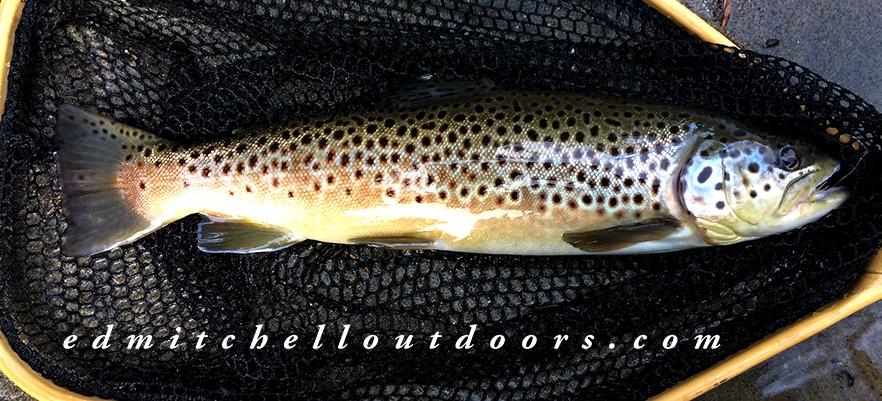
Fishing Dry Flies Downstream
Traditionally, dry flies are delivered upstream or cast up and across. And then with a mend or two, you seek that magical drag free drift. Bingo, with lady luck on your side, it works. Great, isn’t it? Still there are occasions when the right way to fish a dry is completely the reverse. Yes, at times you’ll do better by fishing dry flies downstream.
So why make a downstream presentation? There are several reasons why fishing dry flies downstream makes sense. First and perhaps foremost is logistics; you find yourself in a location where you simply can’t physically get below a rising fish. Hence no upstream delivery is possible. Second, a downstream presentation puts the fly over the fish before the leader or the fly line. In other words a downstream approach can be stealthy. Nice, that. And lastly, a downstream cast often allows you a moment to quietly adjust the path of the fly so it travels right over a rising fish’s head.

Fishing Dry Flies Downstream
Yesterday I was fishing the Farmington River in New Hartford. Initially I used my new 10′ Scott Radian to work nymphs, but in late afternoon the itch to fish dry flies struck. So returning to my car, I dug out a shorter stick, my 8′ Diamondglass 4-weight. It turned out to be a good idea. I caught several trout including two nice browns, one about 18″ (seen at the top of the page), and one of 15″ (seen below it). Both took dries presented downstream.
Before I forget, if you’re new to fishing dry flies downstream, let me give you a tip. You’re hook set should be a tad slower. A quick set can literally pull the dry fly right out of the trout’s mouth. Believe me, I’ve done it.



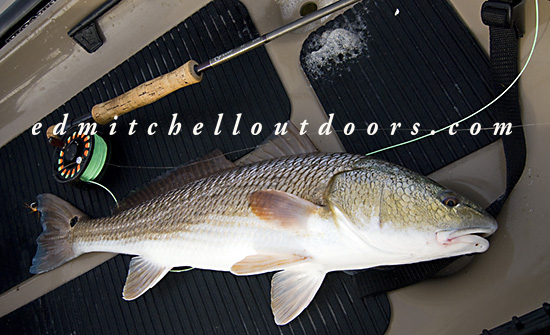

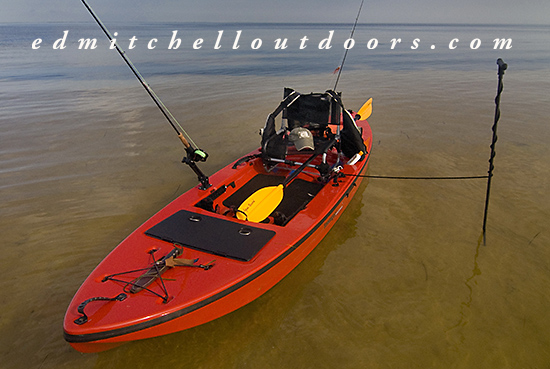



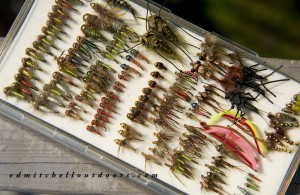
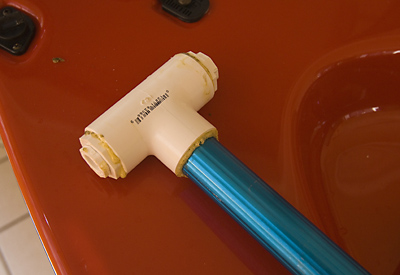

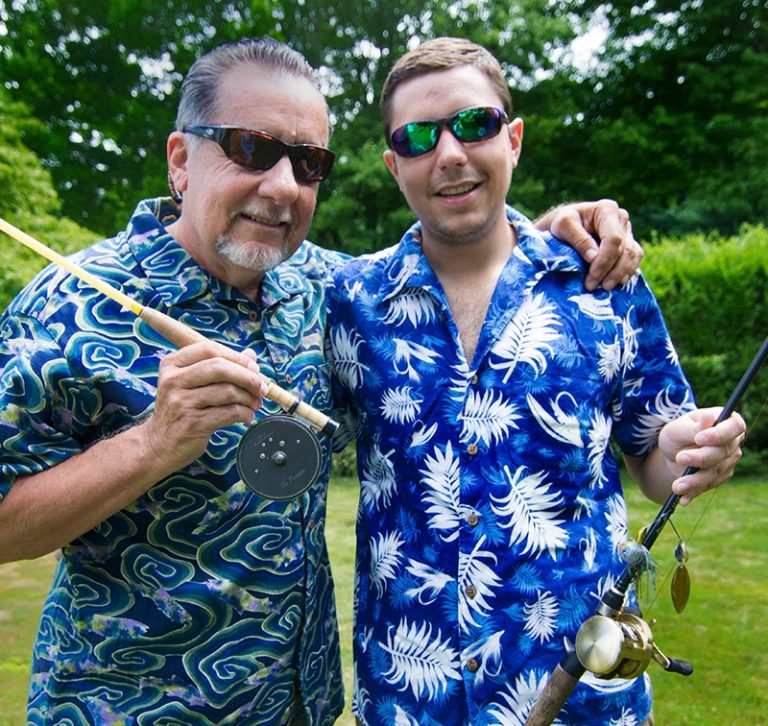

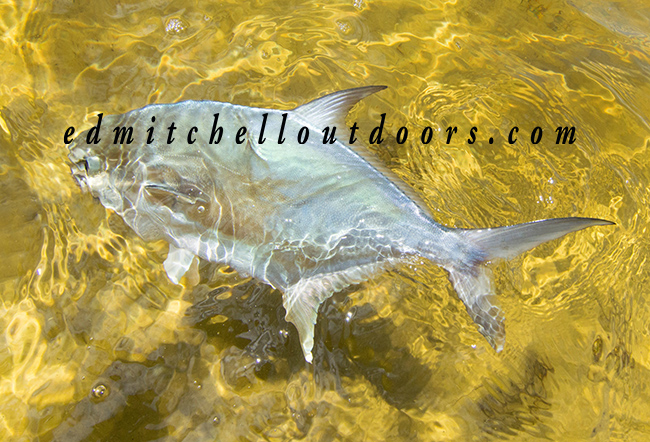

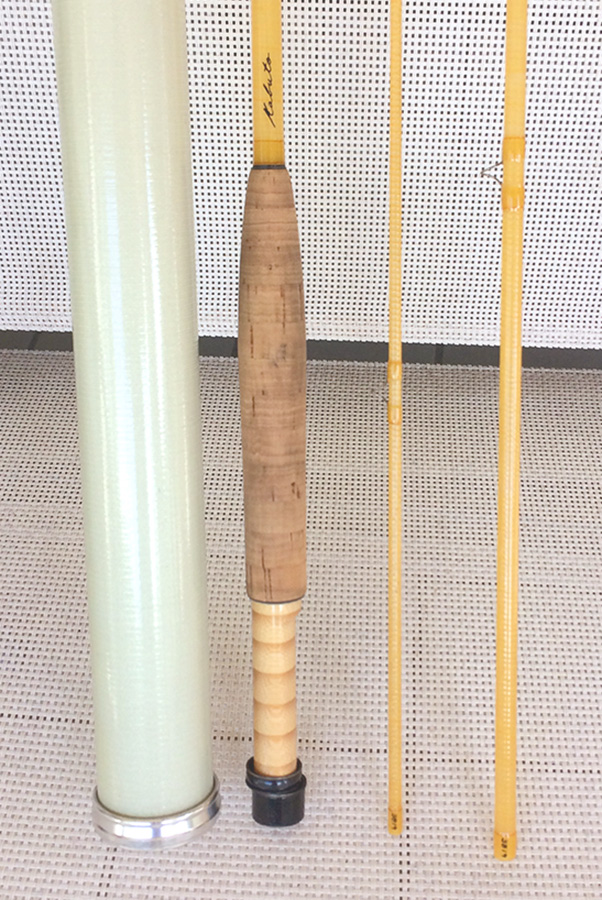
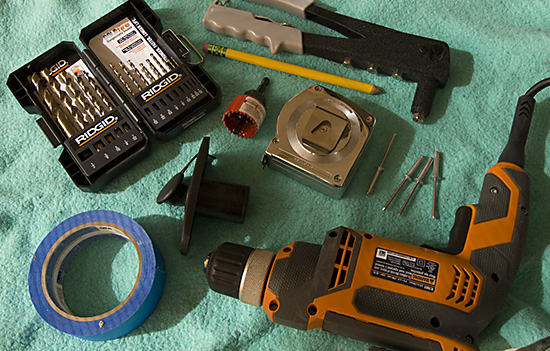

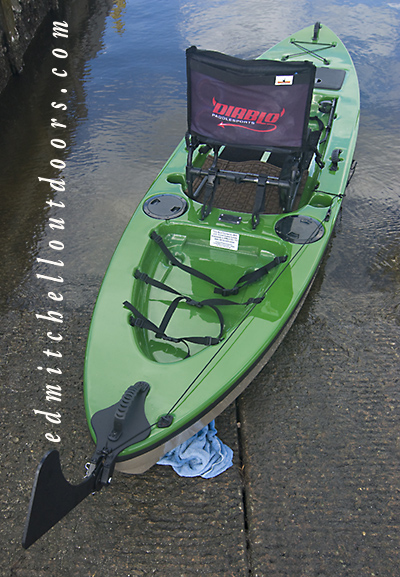

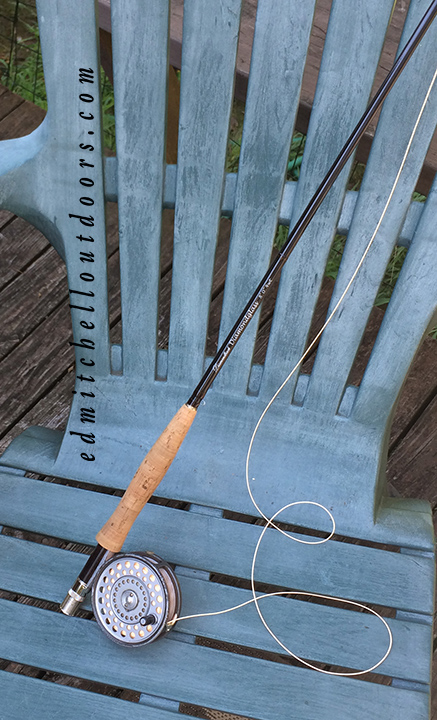
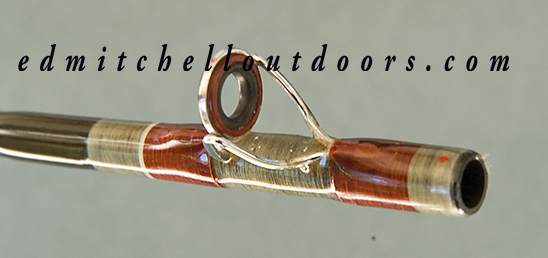
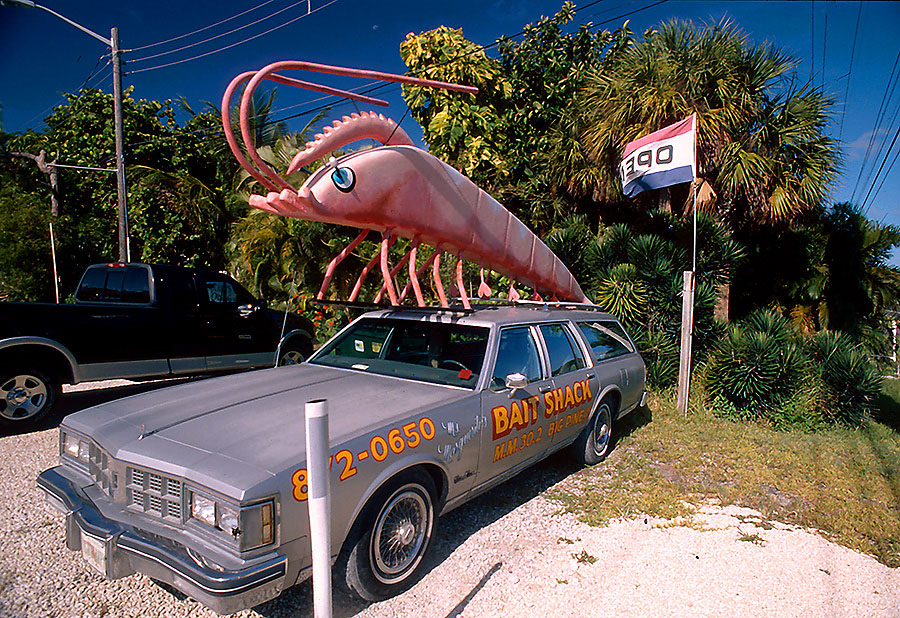
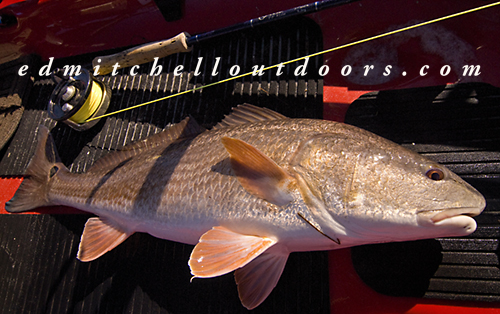
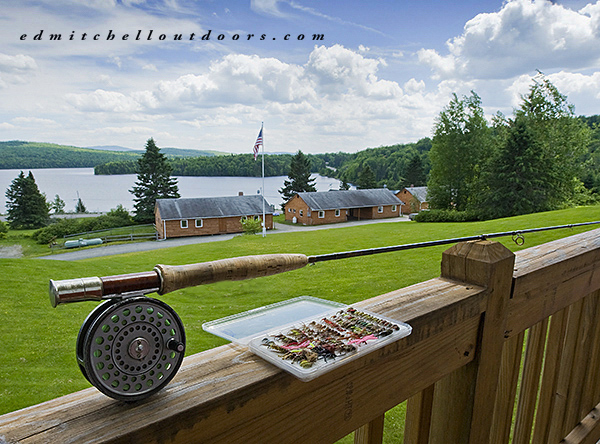

Ed, love your reports. I’ve always had difficulty making upstream dry fly presentations. Either the current is too fast or I mess up line control. Best performance for me is to cast to the side or down stream. Noticed just as the dry fly begins to skate when the leader pulls the dry fly is when it gets hit.
Ted, Glad you enjoyed the post. Downstream presentations are very useful, no question. And you bet; a “skating” fly is an effective tactic, especially during a caddis hatch. That said, drag-free presentations still make up the bulk of dry fly work. My favorite way to improve line control is the “reach” cast, sometimes referred to as the “reach” mend. Do you use it? It involves a simple arm movement at the end of the cast that helps position the fly line either up current of the fly or down as needed. I employ it all the time.